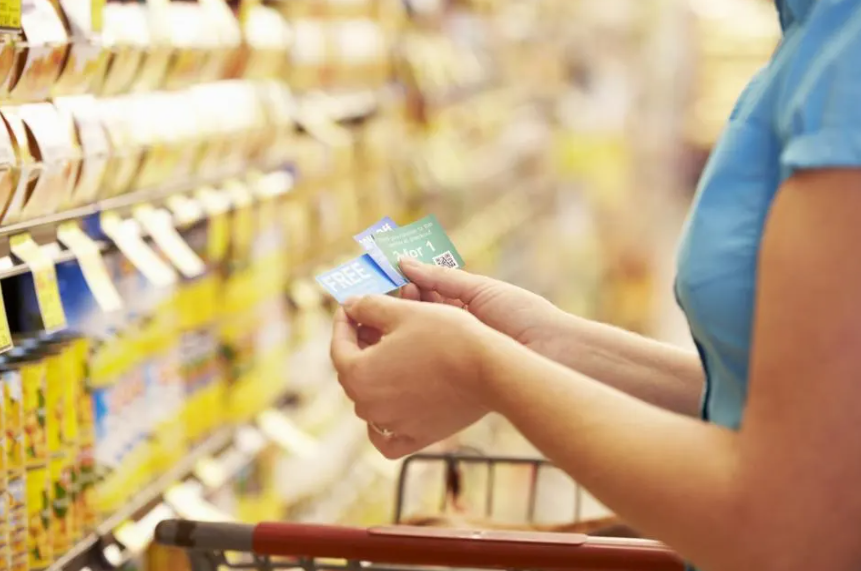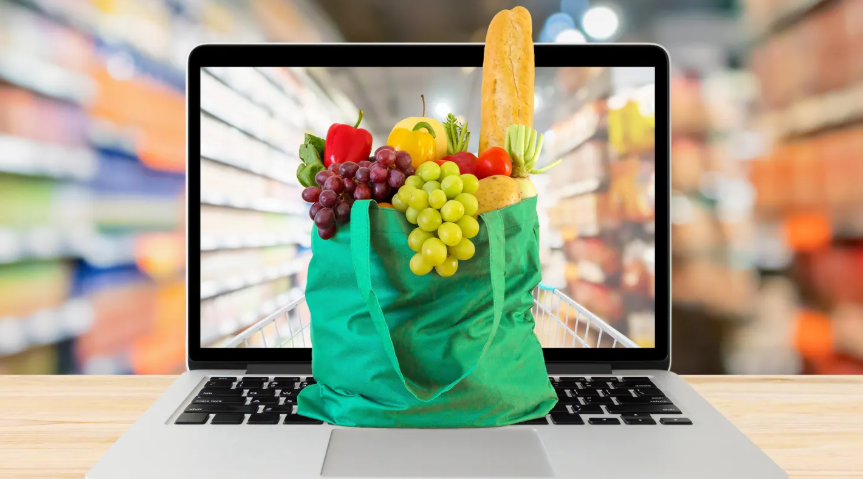This article was published by Total Retail, August 15, 2022
If you wait until autumn to prepare for the 2022 holiday season, you’re already too late. Retail marketers must start planning months to even a year ahead of the season. That’s because it takes time to properly prepare for the critical revenue opportunities the holiday season presents. Also, shoppers are starting their holiday browsing and buying earlier than ever. In 2021, Google found that 31 percent of people had begun holiday shopping by June. Prepare for the pre-summer Christmas decorations!
More than anything, consumer behavior should determine how you prepare for the holiday season. Consumer shopping habits have shifted in the past few years due to the coronavirus, with a big push toward e-commerce. More than 80 percent of consumers have developed new shopping behaviors during the pandemic.
E-commerce is a critical way to reach consumers and an easy place to influence decisions quickly. But now that people are becoming more comfortable going back into stores — in-store purchases increased 10 percent year-over-year in September 2021 — an omnichannel marketing strategy will be critical to success this holiday season.
Where to Focus Your Marketing Efforts to Prepare for the Holiday Season
Omnichannel marketing serves retailers in a couple of ways, the first being that marketers can meet consumers at touchpoints where they’re faced with purchase decisions and ready to buy. The second reason is that it helps marketers better compete for consumers’ attention. However, finding a balance between your in-store and online marketing efforts can be challenging.
Targeting online shoppers doesn’t negate the in-person holiday shopping experience or your marketing efforts toward in-person shoppers. Furthermore, those consumers are likely engaging in cross-channel shopping, providing you with a viable avenue for more consumer touchpoints ahead of and going into the 2022 holiday season. In 2021, for example, only 4 percent of consumers didn’t use digital channels to aid their holiday shopping, according to Google.
Cross-channel shopping will continue to be a major trend this season. This is a good thing for your holiday sales outlook, as omnichannel consumers buy 70 percent more often and spend about 34 percent more than shoppers who only purchase in stores. One channel that’s especially beneficial to focus on is social media.
Social commerce is a $45 billion opportunity in the United States, so you can’t afford to ignore it during the holiday shopping season. Social channels are constantly evolving, and you must find ways to differentiate your brand from competitors in new and creative ways. A good rule of thumb is to always experiment to learn where customers spend their time making purchase decisions during the holidays. Learn how to nudge them toward a sale without annoying them while throwing in new, exciting messaging.
All this is to say that a full-funnel approach will be extremely important this year. Therefore, take these steps to finalize your holiday marketing strategy for 2022 and beyond:
1. Test with the 70/20/10 rule.
There are ways to be strategically risky without blowing your budget, and you should approach evolving spaces with accountability in marketing. Test and learn with your marketing strategies for three-quarters of the year starting in January, finding out what works and later scaling and leveraging that information for the holiday season. At the same time, take the 70/20/10 rule into account with your budget.
When testing ahead of the holidays, 70 percent of your budget should go toward tried-and-true marketing efforts. Then, 20 percent should be used on existing channels you know well but can tweak in different ways (e.g., targeting a new audience) to get new results. The last 10 percent should be used for off-the-wall strategies that you’ve never done before. Create a hypothesis and take intelligent, calculated risks. The 70/20/10 rule is incredibly productive because it allows you to scale into what works leading up to the holiday season and pull away from what doesn’t.
2. Leverage warming, active and cooling periods.
According to Insider Intelligence, U.S. retail sales will return to pre-pandemic growth trends in 2022. This is a good sign for your warming, active and cooling consumer engagement strategies ahead of the holiday season, which could look like this:
- Warming Period: During the warming period, create anticipation and excitement by collecting subscribers, distributing coupons, etc., as you approach a sales period. During this time, you’re gathering first-party data that will be critical in the next phases. A good example of this is how Amazon.com promotes Prime Day weeks ahead of the event.
- Active Period: Next, shift to an active sales strategy by using messaging with direct “sales” calls to action. Activate media against the data and audiences built during the warming phase to capture generated demand.
- Cooling Period: Entering the cooling phase you leverage the first-party data you gathered during the warming and active stages for future seasonal marketing promotions, coupons, and other loyalty-building tactics.
3. Capitalize on in-store loyalty.
This year, 70 percent of shoppers aged 18 to 24 expect to do most of their holiday shopping in stores. This is great news for brands, as many of them have a lot of products in stores that they need to sell. Therefore, take advantage of customers who value in-store experiences and push in-store promotions leading up to the holidays (i.e., during your warming and active periods).
However, being honest about product availability this holiday season will be critical to fostering loyalty. No one wants to go to a store location thinking they’ll be able to find the gift they need only for it to be out of stock. According to a recent Oracle Retail study, 39 percent of U.S. respondents stated that the availability of in-stock products attracts them to new retailers and brands.
If your marketing team has yet to plan for the 2022 holiday shopping season, now is the time to start. Diversify your reach with a full-funnel, omnichannel approach to get in front of more consumers and take advantage of sales opportunities. With the holidays fast approaching, your business might depend on the investments you make in your omnichannel efforts today.



